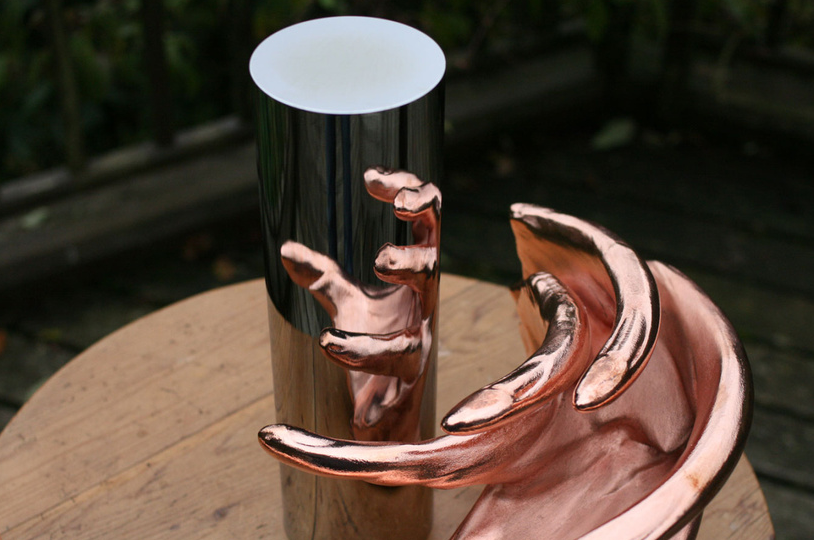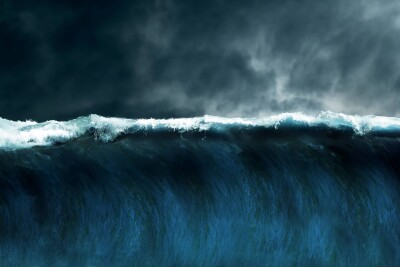I’ve written about some cool 3d-data-based art, from Geodigital’s Lidar as Art competition and real-time point cloud movies to an art exhibition using lidar to remember 9/11, but this work I’ve come across by Jonty Hurwitz trumps everything to date.
Just look at it:
That’s a piece called “Rejuvenation,” and is representative of a slew of his works that combine these chrome tubes with distorted sculptures to produce these images that are only “normal” when reflected. This combination of precision and seeming chaos, this incorporation of the viewer as a vital piece of the art, itself, just floors me. Not only aesthetically gorgeous, they have an innate quality about them that speaks to that analytical side of the brain that many pieces of art just don’t engage.
Nor is that an accident.
As outlined by the This Is Colossal blog here, Hurwitz says he has “always been torn between art and physics, and so was particularly struck by the anamorphic movement in art-making that goes back more than 500 years. For these types of work, he describes his workflow this way:
For the anamorphic pieces its an algorithmic thing, distorting the original sculptures in 3D space using 2πr or πr3 (cubed). Much of it is mathematical, relying on processing power. There is also a lot of hand manipulation to make it all work properly too as spacial transformation have a subtle sweet spot which can only be found by eye. Generally I will 3D scan my subject in a lab and then work the model using Mathematica or a range of 3D software tools. I think the π factor is really important in these pieces. We all know about this irrational number but the anamorphic pieces really are a distortion of a “normal” sculpture onto an imaginary sphere with its centre at the heart of the cylinder.
I like the cut of this guy’s jib. Of course, he’s also a pretty visionary internet entrepreneur, creating things like micro-loan sites and all sorts of other pretty brilliant uses of the Web, and so his use of laser scanning is probably something he doesn’t even think about much, but he stands to be a really nice evangelist for the technology, since he seems to be able to use it to extract beauty from the world while making people think.
This painting ought to look familiar to those of you converting point clouds to meshes:
Yes, a painting. Acrylic on canvas, a meter square. Pretty crazy. But none of this is even the most mind-blowing stuff he’s produced. My absolute favorites are the ones that only come together when you look at them from a very specific perspective. Check out this one, which he now calls “Co-Founder,” after originally calling it “The Thinker”:
There’s something there that really speaks to me of problem solving and how 3D data can find solutions to problems people didn’t even realize they had. Sometimes, everything just seems disjointed, impossible, until someone comes along and gets you to look at the problem from just the right angle, and then everything comes together.
Maybe you’re not making art, but, if you’re doing it right, I bet you’re using 3D to get people to look at something from just the right angle.






